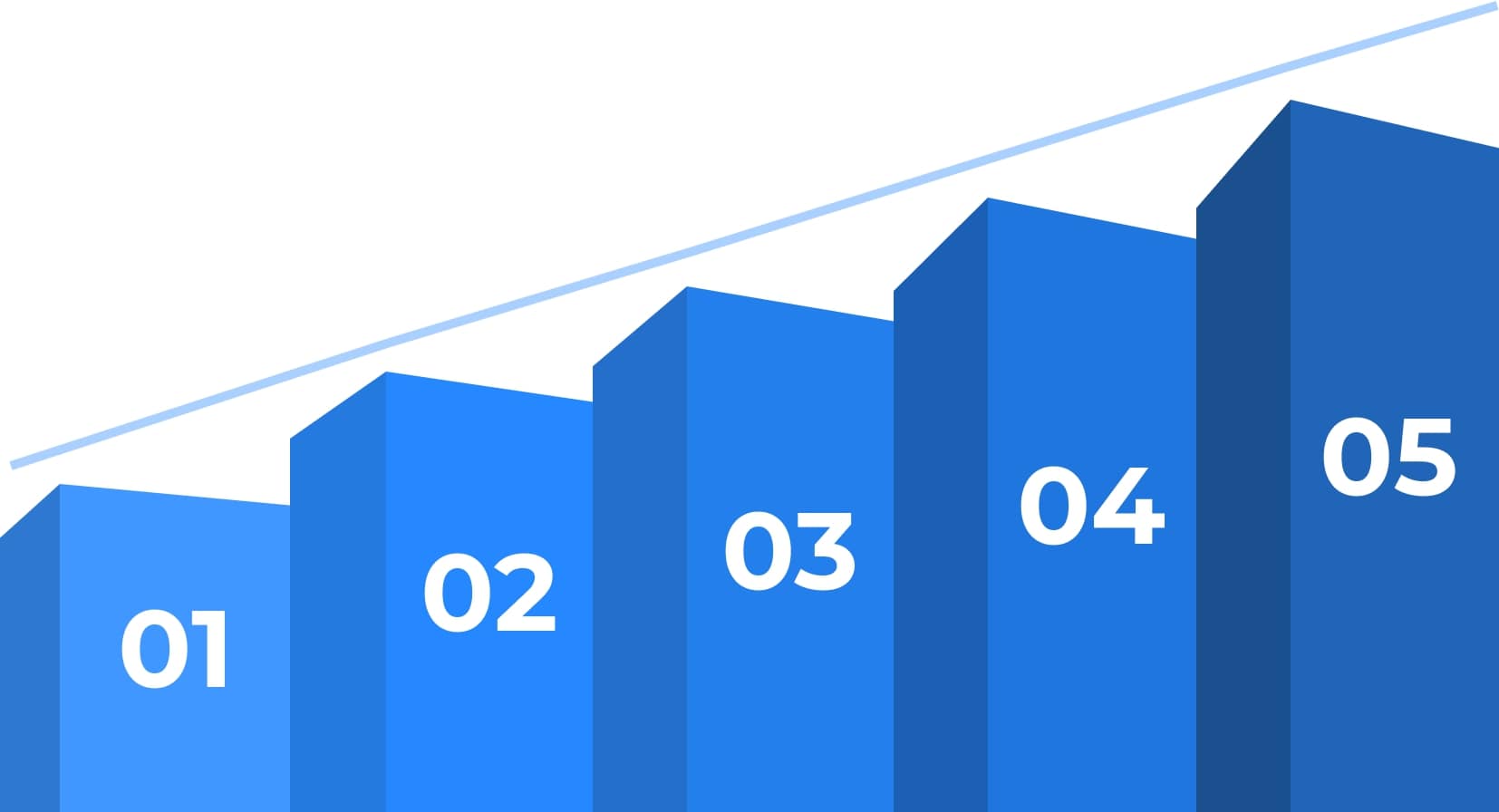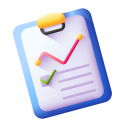
Histogram is a powerful tool to visualize the distribution of data. They vividly portray the frequency of data points within given intervals.
Login into QuickGraphAI Editor website and if you do not have an account, sign up for one. After signing up and entering all your details; you then click on your own welcome page and tap on "Create New Project."
In the new user interface for creating a project, select "Histogram" as the graph type you wish to create.
Upload the dataset you want to visualize. QuickGraphAI supports various data formats, so ensure your data is in a compatible format.
Use the editor to customize your histogram. You can adjust the bin size, labels, colors, and other visual elements to suit your needs.
Once you're satisfied with the customization, generate the histogram. You can then save, download, and share your histogram for reports or presentations.


Histogram is a representation of graphs where numerical data shows the distribution of the continuous data. When the number of observations is large and the bin or interval size is small, then the resulting histogram will resemble a density distribution chart.
There has been scepticism between histograms and bar graphs but in reality, there is a huge difference between the two charts.
Histogram is used to plot continuous data where the intervals in it or bars represent the ranges. On the other hand, a bar graph is plotting the categorical variables.

QuickGraph AI Editor transformed how we present data. The AI-powered insights and seamless interactive editor make complex visualizations effortless and dynamic. It was like having a data scientist and a designer in one tool!

Explore our insightful blog posts
